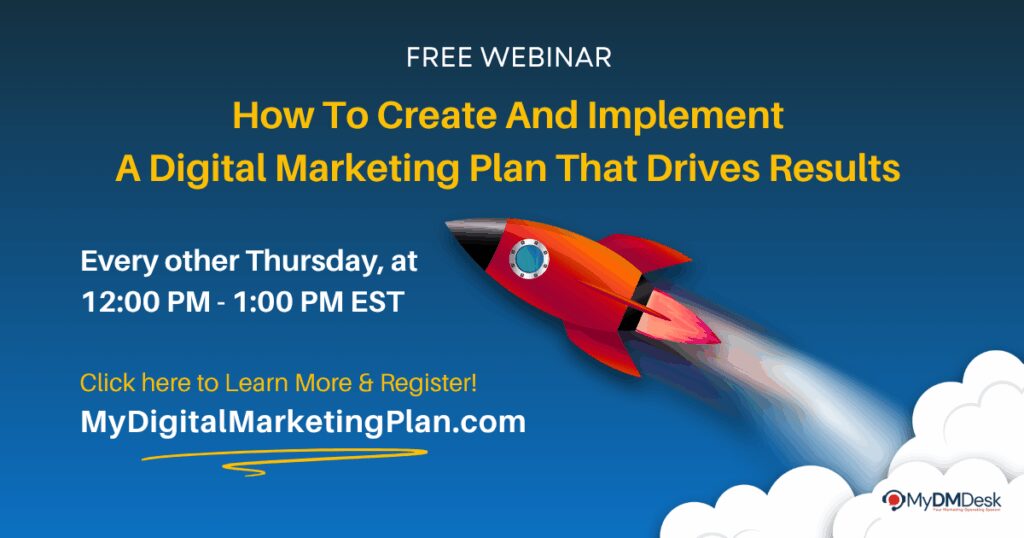EMAIL MARKETING
Capture Leads, Nurture The Relationship, Automated & Personalized

EMAIL MARKETING
Capture Leads, Nurture The Relationship, Automated & Personalized

PART OF THE DMDesk SOLUTION

PART OF THE DMDesk SOLUTION
Need A New Website?

Email Marketing
Email Marketing Services can help companies create and deliver engaging, personalized emails to their target audience. Our comprehensive email marketing program will include email list management, testing & optimization, design & copywriting services, and detailed tracking & reporting. We’ll help your business identify the best strategies for reaching its goals, including segmentation & targeting, automated campaigns, A/B testing, and more. With our Email Marketing Services, you can create engaging email campaigns that drive real business results

Benefits of a content marketing strategy include:
- Increase reach and engagement with target audiences.
- Automate campaigns for higher efficiency.
- Create personalized experiences for customers.
- Leverage the power of copywriting & design to craft compelling emails.
- Optimize campaigns over time to maximize results.
Email Marketing
Email Marketing Services can help companies create and deliver engaging, personalized emails to their target audience. Our comprehensive email marketing program will include email list management, testing & optimization, design & copywriting services, and detailed tracking & reporting. We’ll help your business identify the best strategies for reaching its goals, including segmentation & targeting, automated campaigns, A/B testing, and more. With our Email Marketing Services, you can create engaging email campaigns that drive real business results
Benefits of a content marketing strategy include:
- Increase reach and engagement with target audiences.
- Automate campaigns for higher efficiency.
- Create personalized experiences for customers.
- Leverage the power of copywriting & design to craft compelling emails.
- Optimize campaigns over time to maximize results.
the solution

Full-Service Digital Marketing Department
Your Digital Marketing Struggles Solved
My Digital Marketing Department
Full-Service Digital Marketing Department
Your Digital Marketing Struggles Solved
Next Steps
It's easy to get started.

Step 1: Schedule a Call
Chat with our experts about your business and marketing goals.

Step 2: We Get to Work
Sit back while we create a marketing plan for your business.

Step 3: You Get Results
Watch your business grow while we execute your marketing strategy.
Frequently Asked Questions
What are the benefits of automated and personalized email campaigns?
Automated and personalized email campaigns offer several benefits. They save time and effort by automating repetitive tasks, ensuring timely follow-ups, and delivering relevant content to the right audience. Personalization increases engagement and conversion rates by delivering targeted messages that resonate with recipients, making them feel valued and understood.
How often should I send emails to my subscribers?
The frequency of sending emails depends on your audience, industry, and the type of content you are delivering. It’s important to strike a balance between staying top-of-mind and avoiding overwhelming your subscribers. Regular communication is key, but be mindful of not sending too many emails that could lead to unsubscribes or disengagement. Testing different frequencies and monitoring subscriber feedback can help determine the optimal sending frequency.
Full-Service Digital Marketing Department
We Handle Everything From Start To Finish

Full-Service Digital Marketing Department
We Handle Everything From Start To Finish











